Snow/Ice Observation in Qaanaaq, Northwestern Greenland
One of the research teams of the Research Program on Cryosphere has installed Automatic Weather Stations (AWS) to acquire data at two locations around Qaanaaq in northwestern Greenland, one on the ice sheet (SIGMA-A) and the other on the ice cap isolated from the ice sheet (SIGMA-B) . This summer, members of the research team visit the site to maintain the AWS and conduct weather and snow/ice physics observations. Please enjoy reports from the members along with photos.
Table of Contents
Observation of Red Snow and Cryoconite in Qaanaaq Glacier, Northwest Greenland(2022/8/5)New!
Meteorological, Aerosol, and Precipitation Observation at the Qaanaaq Observation Site(2022/8/5)
AWS Update Work at SIGMA-B Site on Qaanaaq Ice Cap was Completed!(2022/8/4)
Ice Core Drilling in Qaanaaq Glacier, Northwest Greenland.(2022/8/4)
Automatic Weather Station Replacement at the SIGMA-B Site on the Qaanaaq Ice Cap(2022/7/29)
Remarkable Snowmelt at the SIGMA-B Site from Late June to July 2022(2022/7/25)
Observations of Snow and Ice Microbes and Sampling of Surface Runoff on Qaanaaq Glacier(2022/7/22)
The Village of Qaanaaq, Northwestern Greenland(2022/7/22)
Snow, Ice and Atmospheric Observations Along a Way to the SIGMA-B Site on the Qaanaaq Ice Cap(2022/7/22)
SIGMA-B Site Automatic Weather Station Update in Progress(2022/7/13)
Snow Survey on the Qaanaaq Ice Cap in Northwestern Greenland(2022/7/13)
Observation of Red Snow and Cryoconite in Qaanaaq Glacier, Northwest Greenland
Writer:Takumi Suzuki (Chiba University)
On 3 August 2022, we observed red snow and cryoconite on Qaanaaq Glacier.
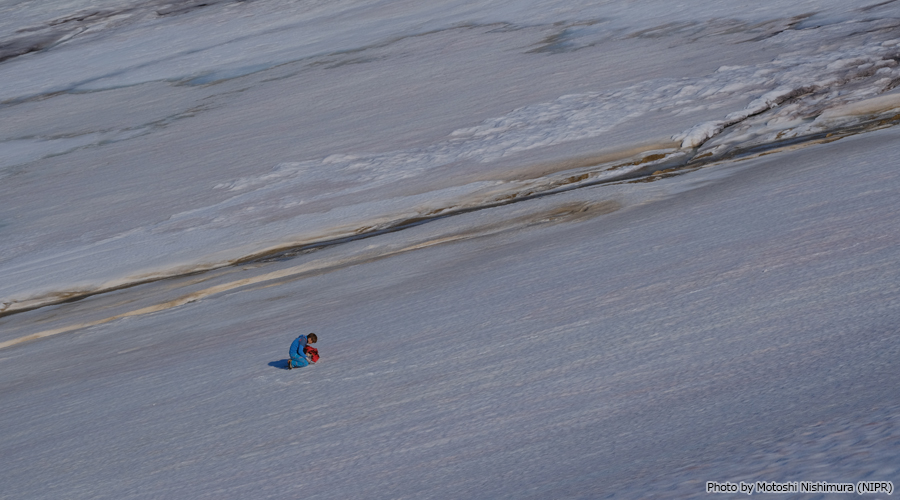
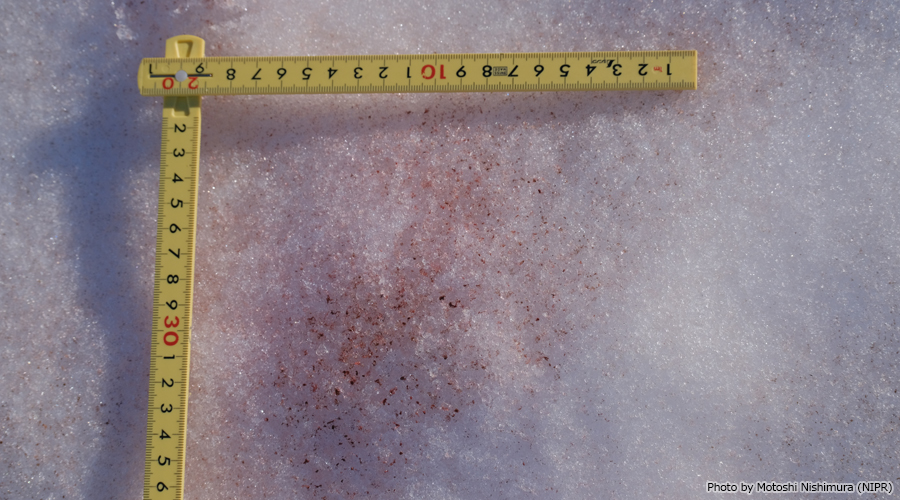
On the sides of the glacier, there were areas where snow remained and the surface was observed to be stained red.
Cryoconite was widely distributed on the glacier and was observed to be stained black, while near the glacier terminus, cryoconite holes had formed and the surface remained white.
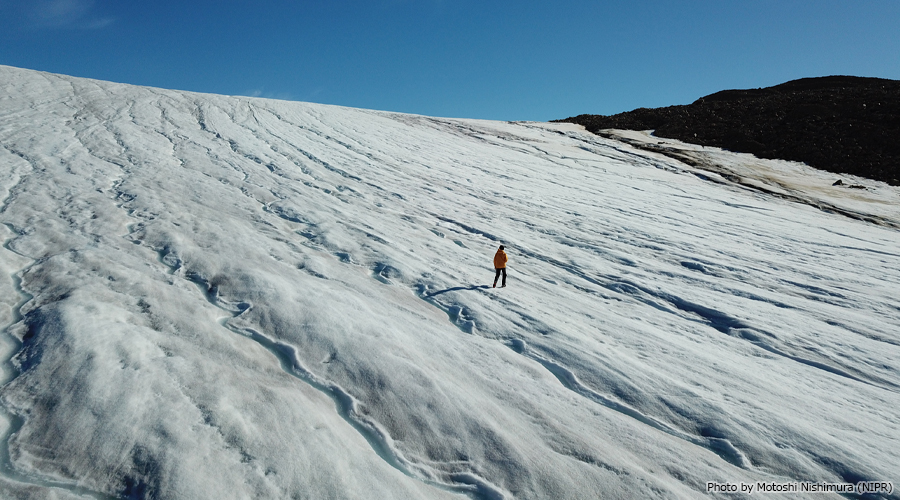
Extraction of pigments from the obtained samples showed this to be the case.
Further analysis of the factors involved will be carried out in the future.
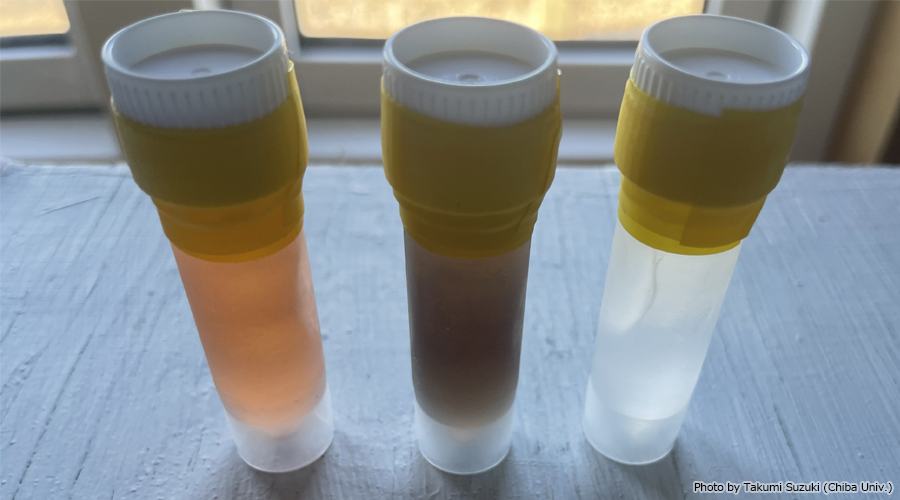
(2022/8/5)
Meteorological, Aerosol, and Precipitation Observation at the Qaanaaq Observation Site
Writer:Tomoki Kajikawa (University of Tsukuba)
Motoshi Nishimura (NIPR)
On July 20, we started observations at the Qaanaaq observation site with a disdrometer, PM2.5 measurement system for cold regions, and precipitation sampler.In addition, we will investigate the origin of precipitation and its relationship with air pollutants based on chemical composition, isotopic ratio of precipitation and PM2.5 concentration. In addition, we plan to evaluate and improve the accuracy of the Meteorological Chemistry – isotope model by comparing these observation and analysis data.
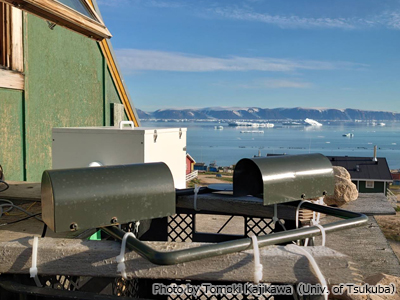
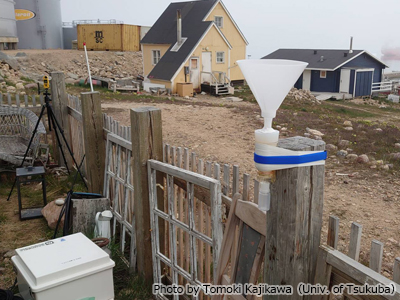
In addition to these precipitation and deposition observations, meteorological observations using used AWS equipment began at the observation site on August 2. Unlike the ice cap and ice sheet observation sites that we have continued to maintain, we are now able to obtain observation data on a non-snow/ice surface at a lower altitude and closer to the coast. This data will not only provide us with information on the meteorological characteristics of the low-elevation areas in Greenland, but will also be valuable for understanding the climate over a wide area of Greenland.
Although some observations can only be conducted for a short period of time during the stay of the observation members, we cooperate with them to conduct intensive observations in order to obtain the maximum amount of data under the favorable environment of “long-term stay at the site”.
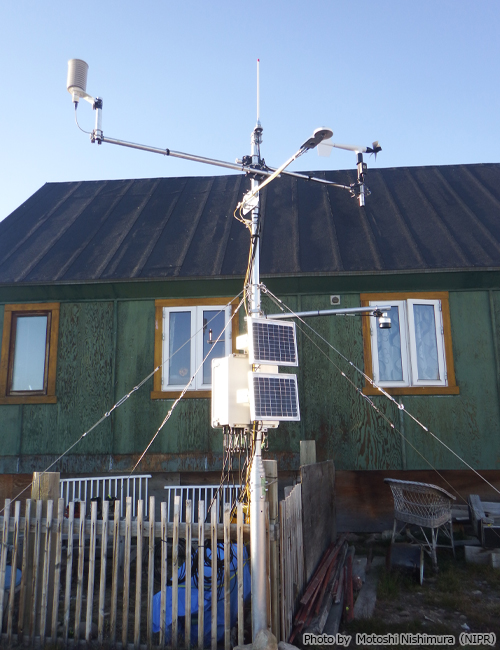
(2022/8/5)
AWS Update Work at SIGMA-B Site on Qaanaaq Ice Cap was Completed!
Writer:Motoshi Nishimura (NIPR)
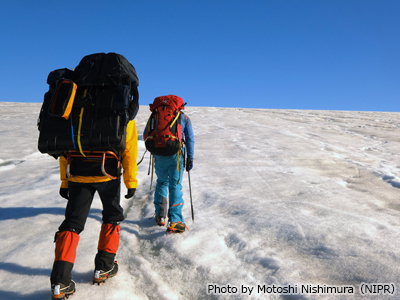
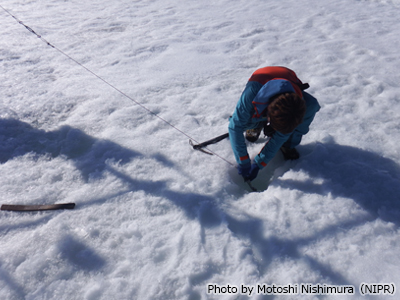
On July 31, we completed all the work that had been underway since late June to upgrade the Automatic Weather Station (AWS) on the Qaanaaq ice cap in northwestern Greenland. As the final work, the batteries that power the instruments were replaced and the AWS was secured with wire stays. Due to various accidents, this year’s AWS renewal work did not go according to the original plan, but after many times of diligent work by the team members, the work was completed in one month.
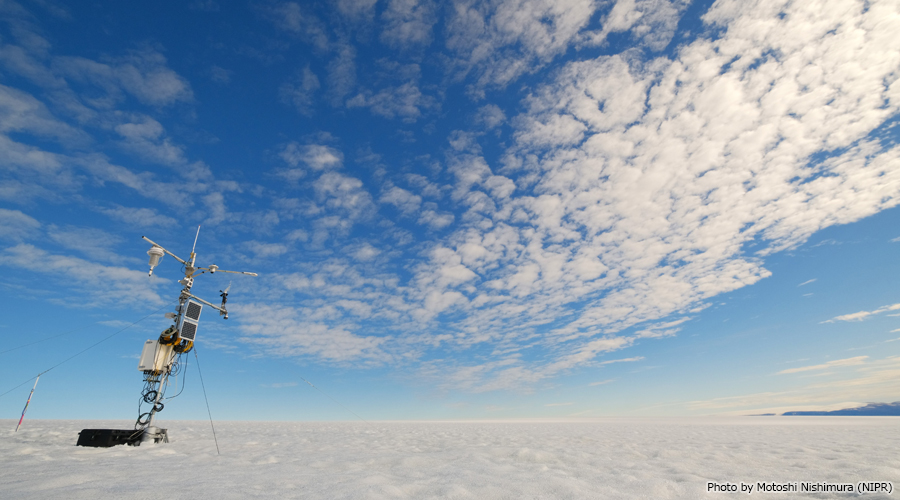
It is important to continue to record long-term meteorological observation data for climate environmental monitoring. Since all the equipment was replaced during this year’s work, we will be able to maintain our observation system continuously in the future. We expect that this data will be used not only for research in the Arctic region, but also for various related effects on society.
(2022/8/4)
Ice Core Drilling in Qaanaaq Glacier, Northwest Greenland.
Writer:Takumi Suzuki (Chiba University)
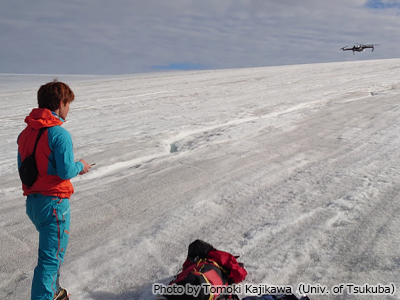
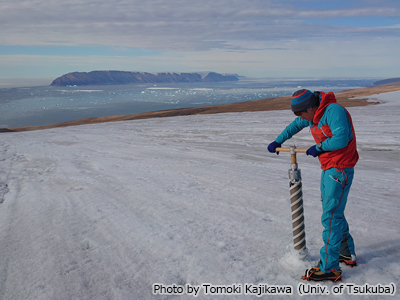
Ice core drilling was carried out on Qaanaaq Glacier in northwest Greenland. By drilling ice cores, we were able to ascertain whether the interior of the glacier contained cryoconite (a mass of microorganisms and minerals). Ice was also sampled in areas where the surface was both blackened and not blackened. In addition, aerial drone observations were carried out to clearly photograph the blackened and not blackened areas. We will now proceed to analyze the micro-organisms contained in the darker ice.
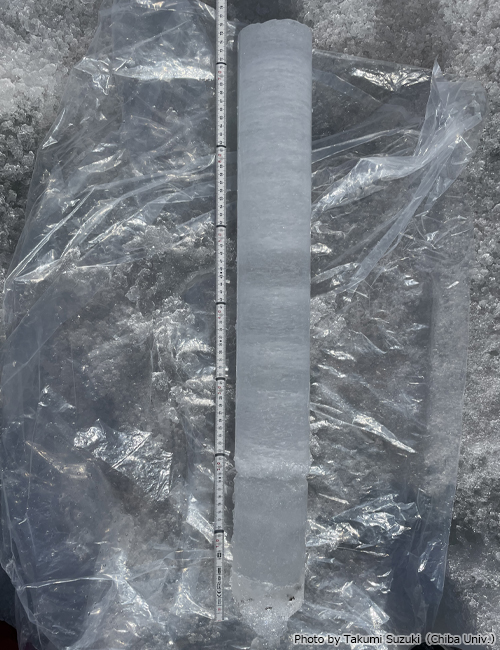
(2022/8/4)
Automatic Weather Station Replacement at the SIGMA-B Site on the Qaanaaq Ice Cap
Writer:Teruo Aoki (NIPR)
On July 25, 2022, we conducted a round trip observation to the SIGMA-B site (940 m a.s.l.) again under the best weather condition, where a new data logger and some sensors were replaced, as well as a near-infrared albedo meter installation. It is expected to provide error-free observation data for several years. Our remaining work is to replace the batteries. I appreciate the members: Motoshi Nishimura, Takumi Suzuki, and Tomoki Kajikawa for carrying their heavy loads on the ice cap.
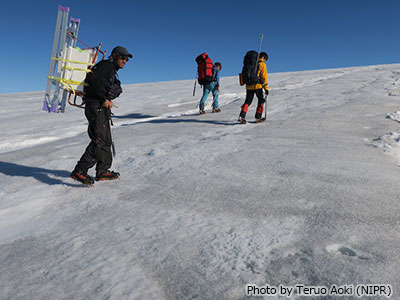
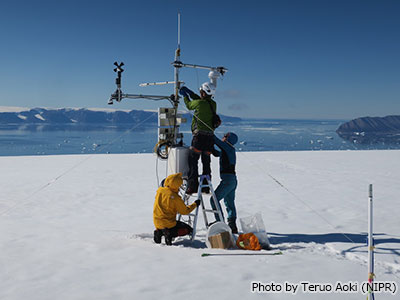
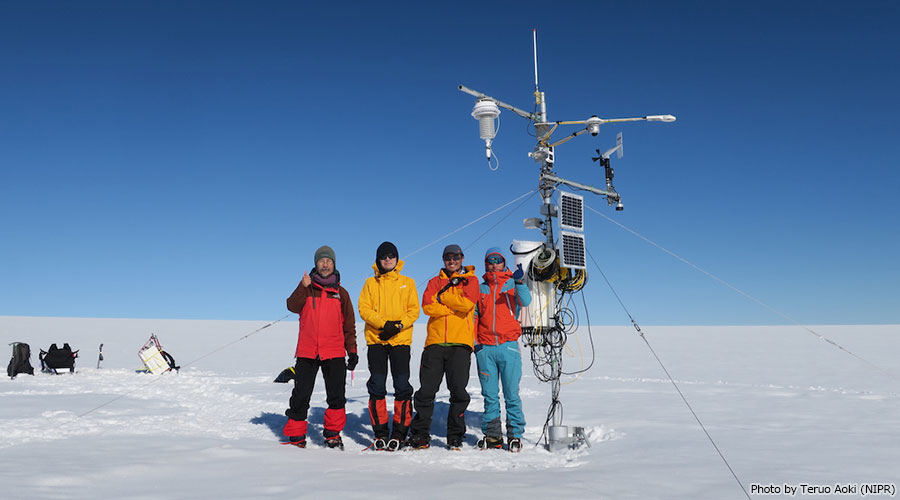
(2022/7/29)
Remarkable Snowmelt at the SIGMA-B Site from Late June to July 2022
Writer:Teruo Aoki (NIPR)
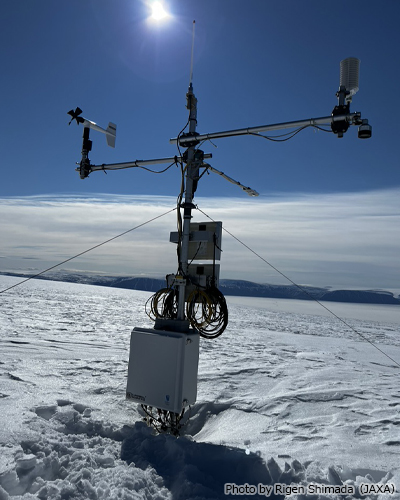
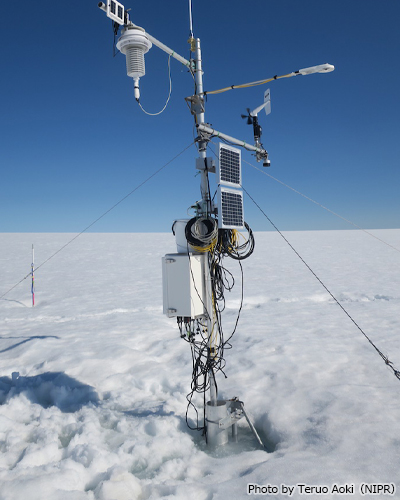
These two photographs were taken at the SIGMA-B site on June 20, 2022, and a month later July 18, which show a significant lowering in the snow surface. As shown in the figure, there were many positive air temperature days at the SIGMA-B site during the past month and approximately 70 cm of decrease in snow height was observed.
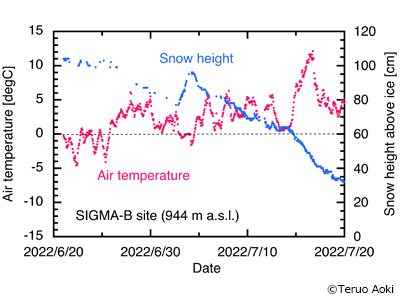
(2022/7/25)
Observations of Snow and Ice Microbes and Sampling of Surface Runoff on Qaanaaq Glacier
Writer:Motoshi Nishimura (NIPR)
We conducted observations of snow and ice microbes and sampled surface runoff on Qaanaaq Glacier in the Qaanaaq Ice Cap of northwestern Greenland. In the ablation area of Qaanaaq Glacier, which has been darkening with the progression of snowmelt, we will identify snow and ice microbes living on the glacier surface that cause the darkening and analyze the surface conditions.
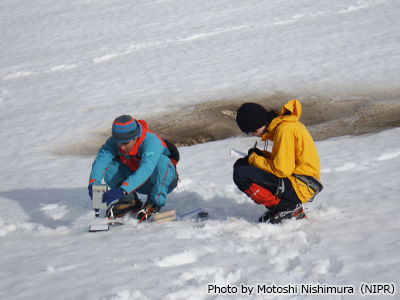
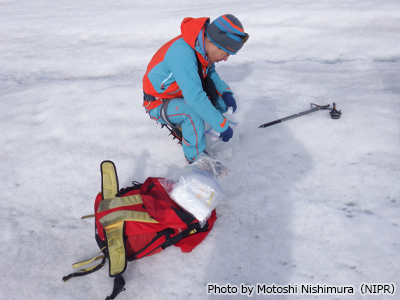
In addition, to understand the origin of water recharged by the glacier and the hydrological processes leading to the runoff, we will collect meltwater flowing on the glacier surface and analyze its components.
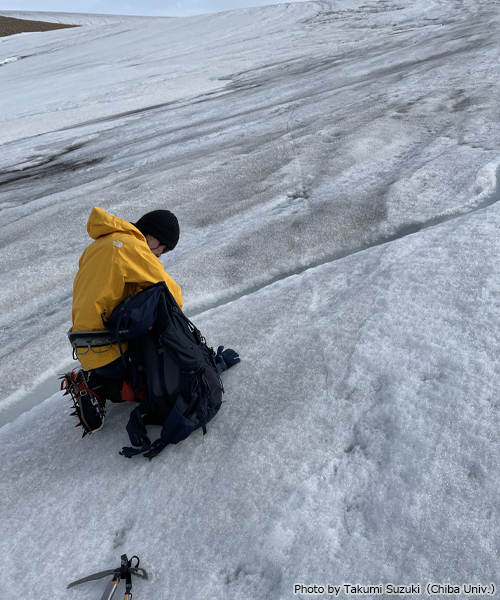
Samples collected in the field will be pretreated for analysis at the observation base. We are working hard to maximize the results of our research with limited supplies.
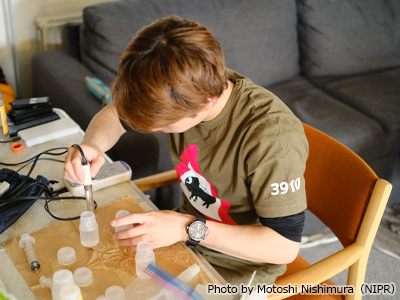
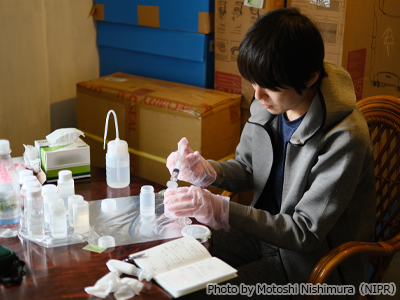
(2022/7/22)
The Village of Qaanaaq, Northwestern Greenland
Writer:Motoshi Nishimura (NIPR)
We are conducting snow, ice, and climate research in the Qaanaaq ice cap in northwestern Greenland. In the village of Qaanaaq, which is as a base for these observations, we meet local people who hunt on the sea ice and their dogs. In the short summer period of Qaanaaq, flowers and grasses, such as the Arctic Poppy, also make an appearance.
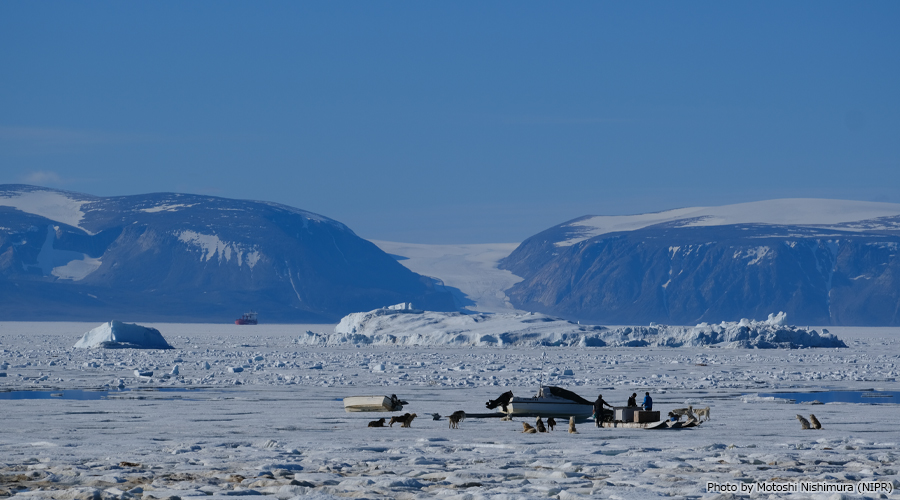
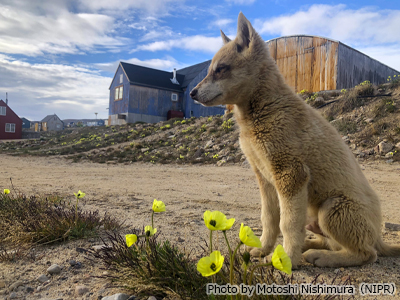
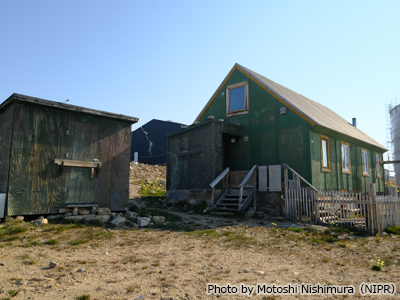
We live surrounded by these people, animals, and plants, and face the ever-changing nature.
(2022/7/22)
Snow, Ice and Atmospheric Observations Along a Way to the SIGMA-B Site on the Qaanaaq Ice Cap
Writer:Teruo Aoki (NIPR)
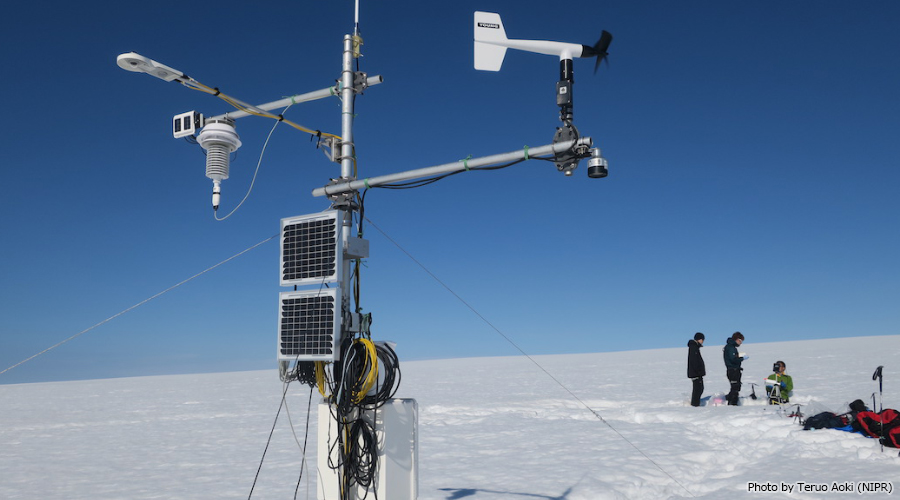
On July 18, 2022, we conducted a round trip observation to the SIGMA-B site (940 m a.s.l.) under perfect weather condition, carrying about AWS 50 kg of batteries that had been stored along the way, snow pit survey, satellite-synchronized observation, and snow/ice samplings at the SIGMA-B. Student members performed a glacial microbes survey, surface albedo measurements and snow/ice samplings along the way to Qaanaaq. We enjoyed a wonderful day in the Arctic despite an 11-hour-long time activity. However, we are concerned about the significant snowmelt compared to the snow height reported by our advance team in June.
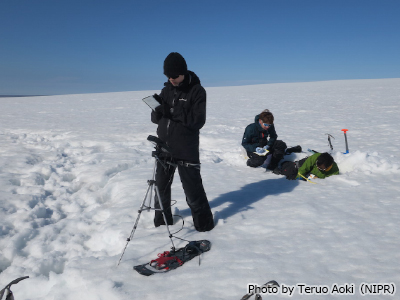
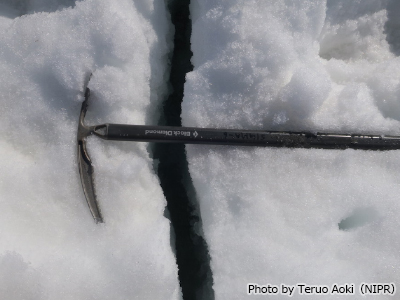
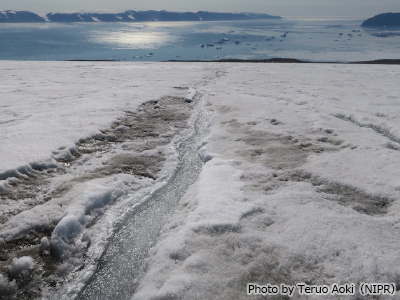
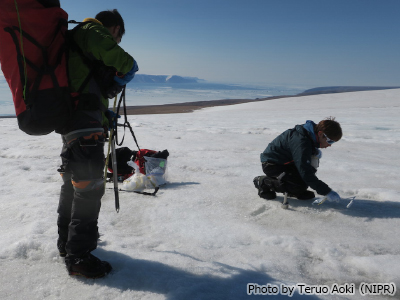
(2022/7/22)
SIGMA-B Site Automatic Weather Station Update in Progress
Writer:Motoshi Nishimura (NIPR)
We are performing maintenance of Automatic Weather Station that has been installed on the Qaanaaq Ice Cap in northwestern Greenland since 2012. It takes 4 hours one way to approach the observation site, and the necessary tools and equipment are carried by hand.
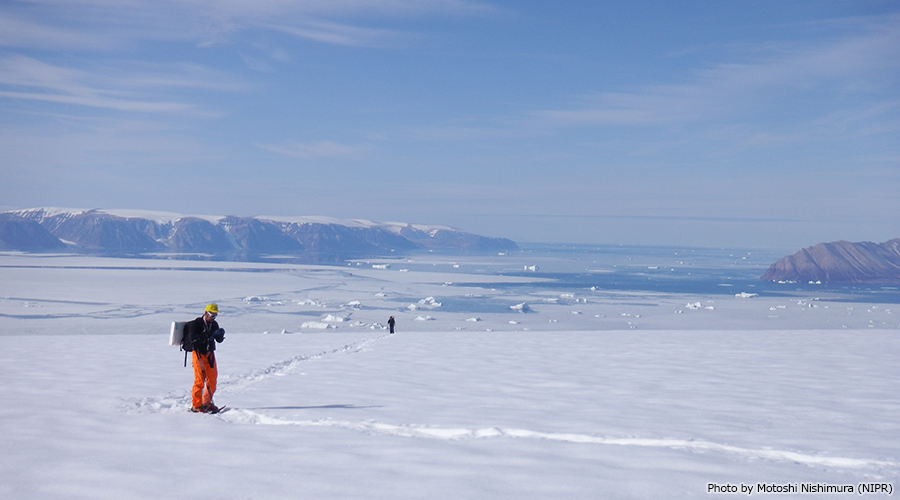
This year, we are carrying out a large-scale renewal of the instruments, and work is being carried out systematically with limited manpower.
The work started in late June and is progressing steadily.
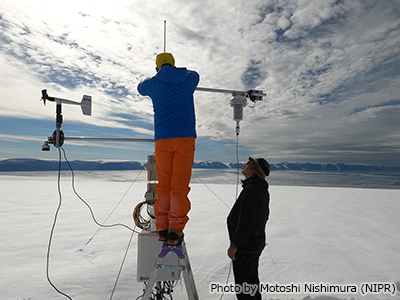
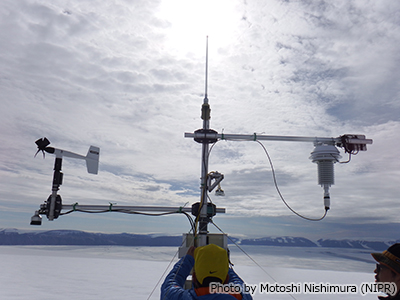
(2022/7/13)
Snow Survey on the Qaanaaq Ice Cap in Northwestern Greenland
Writer:Motoshi Nishimura (NIPR)
Snow surveys and snow sampling specific to the expertise of the research team members are conducted on the Qaanaaq Ice Cap.
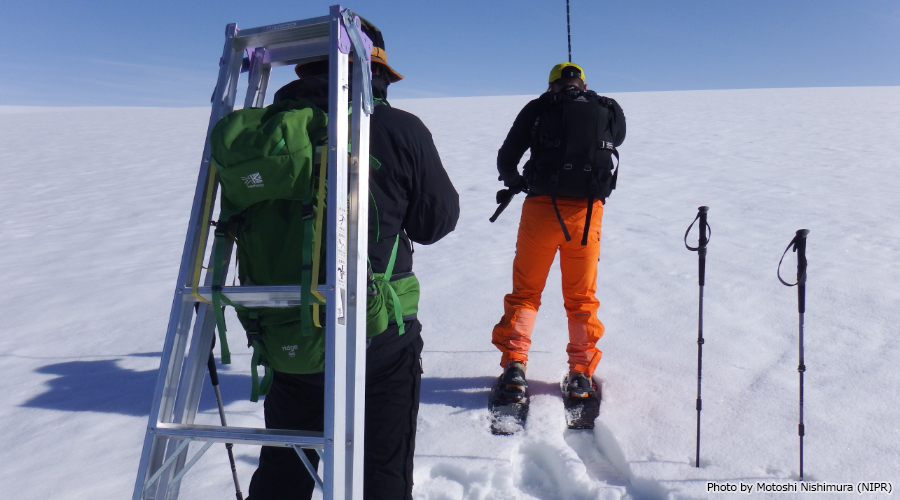
The surface conditions of the ice cap, which is at a relatively low elevation, change during the short summer season, making it important to conduct observations at a high frequency.
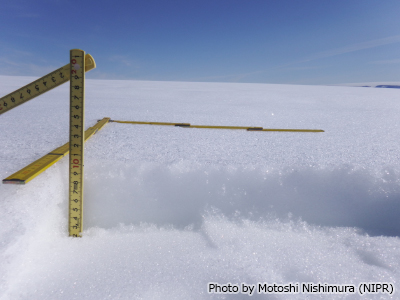
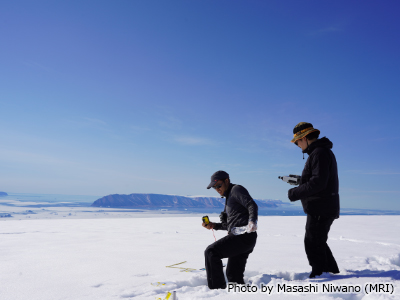
(2022/7/13)
